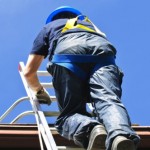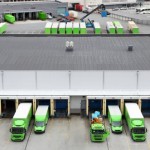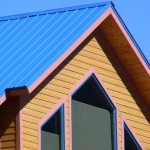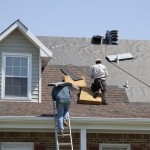Types of Shake Roofs
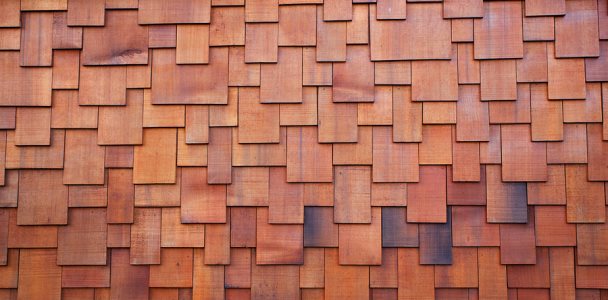
Overview of the Different Types of Shake Roofs
Every home needs a roof and not all roofing materials are identical. Many historic style houses feature shake roofs, which are constructed with wood shingles. Shakes have been used all around the world for roofing and siding applications. Higher grade shakes are normally used for roofing purposes, while lower grade shakes are mostly used for siding purposes.
Cedar, Pine, Redwood, and Barn are all common types of shake roof materials. The difference between wood shakes and wood shingles is in the way they are manufactured. Shakes are split, while shingles are sawn on all sides.
Benefits of shake roofs:
- Provides long lasting weather protection
- Environment friendly
- Does not rust
- Provides superior insulation
- Offers an attractive rustic and historic look
Cedar
Western Red Cedar trees are located all over the Pacific Northwest. Cedar shakes originate from this remarkably beautiful tree. Cedar shakes have a natural grain and texture that gives it an interesting and varied surface. Cedar shake range in thickness from ½ inch to ¾ inch, making cedar shakes heavier and thicker that other wood shakes. Cedar roofing installations have natural dimension, shading, and interest.
In addition to its natural beauty, cedar is a great choice because it is naturally resistant to water damage, mold and pests. Cedar shakes are lightweight and comparatively strong. The wood has low rate of expansion and contraction, so it is less likely to swell when wet and shrink when dry. These natural qualities will help keep your roof intact in any weather. It is not impervious to the elements, however. Like all wood roofing materials, cedar shakes require careful maintenance.
Pine
Pine shakes are more commonly found in Scandinavia and Central Europe than in the U.S . Recently, southern yellow pine has grown in popularity. Today, it is grown with sustainable forestry methods. While pine is not well known for stability and longevity in outdoor use, it is stronger and harder than cedar, which makes it stand up better to conditions like hail and high winds. To improve the longevity and wear, manufacturers impregnate the wood with water-repellant chemicals and preservatives that protect against rotting, boring insects, mold, and mildew.
Redwood
One of the most dimensionally stable softwoods, redwood is lightweight, beautiful, and remarkably strong. Since it is naturally resistant to decay and not prone to checking and splitting it is less likely to be damaged by the weather. Redwood shakes are a popular choice for easy maintenance and remarkable color, a deep reddish brown that darkens and becomes more beautiful with age. In humid climates where moisture is an issue, redwoods are a good choice.
The type of shake roof you choose is a matter of aesthetics; most homeowners buy what appeals to them. You can’t really go wrong. As long as you’re willing to keep your roof well maintained and in good repair, it can remain beautiful for a long, long time. On average, a wood shake roof can last up to 40 years with proper maintenance, cleaning, regular inspection and repair.

